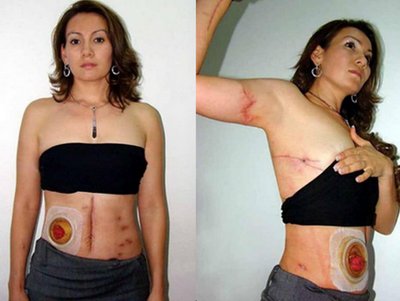Europe:Turkey, Greece, France

Turkey reminds me of royal and rich stuff, and I am telling this in response to rich dessert of Turkey, called as Baklava, derived from Arabic, baqlāwa, meaning nuts. Well if you are getting ideas looking at the above picture…hold on for a moment. This authentic dessert does not taste anywhere to your standard pastry or meat patties, it in fact has its own history, deft in preparation and authentic ingredients. Historical records show that Baklava dates back to 8th century B.C., when Assyrians had layered thin bread dough, chopped nuts and added some honey in between the layers and baked it in ancient wooden ovens. The dessert got a hew texture and flavor when the Greeks replaced the rough Assyrian dough with soft phyllo pastry, where phyllo refers to leaf. The pastry is as thin and soft as a leaf; these days’ phyllo sheets are readily available in the market and are made of wheat dough, measuring 12*20 inches. The phyllo sheets are stacked, rolled, wrapped and then they are frozen. Since then the desserts had been evolving with the introduction of cardamom and cinnamon by the Armenians and Rose Water by the Arabs. The whole Baklava was given sophistication with these evolutions and the dessert was taken by the rich on special occasions. Undoubtedly with what had to go inside the pastry, which followed with what had to go with it. It is a line associated with the dessert and it goes like: I am not rich enough to eat baklava and boerek every day.
The recipe of Baklava needs special care, especially when you defrost the phyllo sheets and separate them, before layering them with sweetened nuts.
Ingredients
2 Cups Walnuts
2 Cups Almonds
1 Cup Cashews
1/4 cup Pistachios
2 Cups Granulated Sugar
1-1/2 cups Water
Honey
1 small strip lemon peel
1 small cinnamon stick
3 whole cloves
2 teaspoons freshly squeezed lemon juice
20 sheets Frozen Phyllo Sheets
2 teaspoons ground cinnamon
1/8 teaspoon ground cloves
1 Cup melted, unsalted Butter
Method
1. Prepare the syrup by combining sugar, water and honey. Cook the syrup over medium heat until it boils and then flavor it with lemon peel, cinnamon stick, and whole cloves. Simmer the syrup for 20 minutes, cool down and add lemon juice. Strain the mixture.
2. In baking dish butter a dozen of phyllo sheets, top the sheets with nuts mixture (mixing nuts, cinnamon, cloves and sugar).
3. Cover the mixture with three buttered sheets of phyllo, sprinkle some more nuts mixture and alternate with the nuts mixture and sheets, finishing it finally with sheets.
4. With a sharp knife cut the baklavas in to diamond shapes and then bake it in a pre-heated oven for 75 minutes.
5. When the pastry is piping hot pour the syrup over the pastry and then let it cool down for 15 minutes, so that the syrup settles over the top of Baklava. You have to finish up by wrapping the baklavas in a foil and keep it overnight before serving.
Gorgeous enough for any other elaboration isn’t it? Ahah! Guillaume has introduced the French fusion, by presenting it in the shape of a dome and this technique of cutting and folding the baklava squares was named “Baklava Francaise” (Frenk Baklavası). Apart from transformations to perfections in Baklava you also find a Greek version, which is made of honey and is comparatively heavier than the Arabic Baklava.



